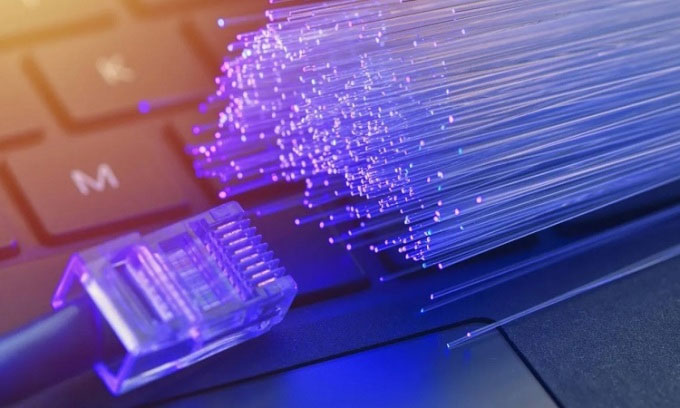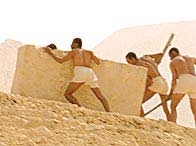A computer chip sets a record by transmitting 1.84 petabytes of data per second through fiber optic cables over a distance of nearly 8 km.

The chip developed by the research team is about the size of a matchbox. (Photo: iStock)
The experiment, led by Asbjørn Arvad Jørgensen at the Technical University of Denmark in Copenhagen, achieved the ability to transmit 230 million images per second. The researchers utilized a photonic chip, a type of microchip that contains two photonic components to create an operational circuit. This technology detects, generates, transports, and processes light to split data streams into thousands of separate channels and transmit all of them simultaneously over a distance of 7.9 km, as reported by Interesting Engineering on October 22.
Initially, the research team divided the data stream into 37 parts, each transmitted through its own optical fiber core. Next, each channel was further divided into 223 segments of data that exist within parts of the electromagnetic spectrum. This process allows for data transmission in different colors simultaneously without interference, significantly increasing the capacity of each core.
Previously, researchers had transmitted data at speeds of up to 10.66 petabytes per second but using bulky, inefficient, and impractical equipment. The new method sets a record for data transmission by using a computer chip as the light source. This technology is expected to significantly reduce energy costs and increase bandwidth.
The experiment utilized such a large amount of data that no current computer can provide or receive such a volume of information at this speed. Therefore, the research team had to transmit simulated data through all channels, according to Jørgensen. “We transmitted an enormous amount of data through a cable less than one square millimeter in width,” Jørgensen stated.
The chip is still not complete as it requires a laser and equipment to encode the data. However, Jørgensen mentioned that both components could be integrated into the chip, making it only the size of a matchbox and highly practical for everyday use. This technology could change the way we receive data and perform tasks on computers.


















































